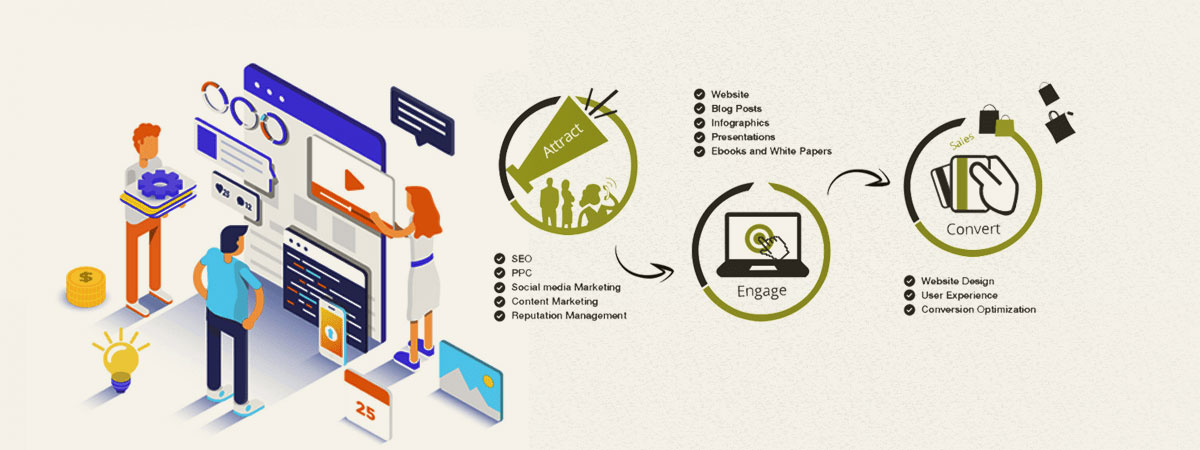Keen To Discover Just How Web Site Design Has Changed With Time? Study The Evolution From Simpleness To User-Focused Experiences
Keen To Discover Just How Web Site Design Has Changed With Time? Study The Evolution From Simpleness To User-Focused Experiences
Blog Article
Material Created By-Rasmussen Stender
In the past, web sites were easy and concentrated on details. Navigation was straight, and design was for desktop computers. Now, user experience is vital. Data overviews designs for easy navigation. Responsive designs suit various gadgets. Today, dark setting minimizes stress, and minimalist menus improve navigation. Interactive attributes engage individuals, and vibrant visuals stand apart. AI integration enhances interaction. See just how SEO Healthcare has actually developed to enhance your online journey.
Early Days of Website Design
In the very early days of website design, simplicity preponderated. Web sites were standard, with limited shades, fonts, and layouts. The focus got on providing information instead of flashy visuals. Individuals accessed the net through slow dial-up connections, so speed and capability were essential.
Navigation food selections were straightforward, usually located on top or side of the page. Internet sites were created for home computer, as mobile surfing wasn't yet prevalent. Material was king, and developers focused on easy readability over complex layout aspects.
HTML was the main coding language made use of, and designers had to function within its restrictions. Computer animations and interactive attributes were marginal compared to today's standards. Websites were static, with little vibrant material or personalized user experiences.
Rise of User-Focused Style
With the advancement of site layout, a shift in the direction of user-focused style concepts has come to be significantly famous. Today, producing sites that prioritize user experience is important for involving visitors and accomplishing service objectives. User-focused design involves understanding the needs, choices, and behaviors of your target market to customize the website's layout, material, and features appropriately.
Developers now carry out thorough research study, such as user surveys and usability screening, to gather insights and responses straight from individuals. This data-driven approach aids in creating user-friendly navigating, clear calls-to-action, and aesthetically enticing interfaces that reverberate with visitors. By placing the customer at the facility of the style process, web sites can provide a much more personalized and satisfying experience.
Responsive style has additionally emerged as a crucial facet of user-focused design, guaranteeing that internet sites are enhanced for different devices and display sizes. This adaptability improves access and functionality, satisfying the varied means users communicate with internet sites today. In essence, the rise of user-focused style signifies a change in the direction of developing electronic experiences that focus on the needs and expectations of completion individual.
Modern Trends in Web Design
Explore the most recent trends shaping web design today. One popular trend is dark mode design, supplying a sleek and contemporary look while decreasing eye pressure in low-light settings. An additional vital trend is minimal navigation, simplifying menus and boosting user experience by focusing on essential elements. Integrating micro-interactions, such as computer animated switches or scrolling effects, can create a more engaging and interactive site. Receptive layout continues to be essential, making sure seamless customer experiences throughout various devices. Additionally, using vibrant typography and unbalanced designs can add visual interest and draw attention to particular content.
Incorporating AI innovation, like chatbots for customer assistance or customized referrals, improves customer engagement and improves processes. billboard design has also come to be a significant fad, with developers prioritizing comprehensive design practices to deal with varied customer demands. Embracing sustainability by optimizing website efficiency for speed and performance is another arising trend in web design. Collaborating with user comments and information analytics to repeat and boost style constantly is crucial for staying pertinent in the ever-evolving electronic landscape. By welcoming these modern-day trends, you can create a visually appealing, easy to use site that resonates with your audience.
Final thought
As you review the development of website layout from the very early days to currently, you can see just how user-focused layout has actually become the driving pressure behind contemporary patterns.
Welcome the trip of modification and adjustment in website design, constantly maintaining the customer experience at the center.
Remain current with the current trends and innovations, and never stop progressing your strategy to produce visually magnificent and user-friendly sites.
Progress, adjust, and produce - the future of web design is in your hands.
